LONDON, ENGLAND—According to a Science News report, archaeologist Tomos Proffitt of University College London and primatologist Tiago Falótico of the University of São Paulo have found changes in the patterns of stone tool use over a period of 3,000 years in capuchin monkeys living in northeastern Brazil’s Serra da Capivara National Park. Excavations in the park have also uncovered tools made by humans, but Proffitt explained that the ancient tools in question, which were dated by association with pieces of charred wood in each of four sediment layers, more closely resemble those made by modern capuchins living in the park. The changes in the tools over time probably reflect changes in local vegetation, Proffitt added. The tools include rocks used as platforms for pounding objects, partial and complete pounding stones, and pieces of rock that detached from the tools during pounding. Smaller, more heavily damaged stones dated to between 3,000 and 2,500 years ago are thought to have been used to smash open seeds or small fruits with soft rinds. Larger stones, dated to about 300 years ago, may have been used to open hard-shelled fruits and nuts. Slightly smaller pounding stones began to be used about 100 years ago. Proffitt said the capuchins use similar stones today to crack open cashews. For more on artifacts produced by capuchins, go to “The Monkey Effect.”
3,000 Years of Capuchin Monkeys’ Tool Use Studied
News June 24, 2019
Recommended Articles
Digs & Discoveries September/October 2018
Ancient Foresters
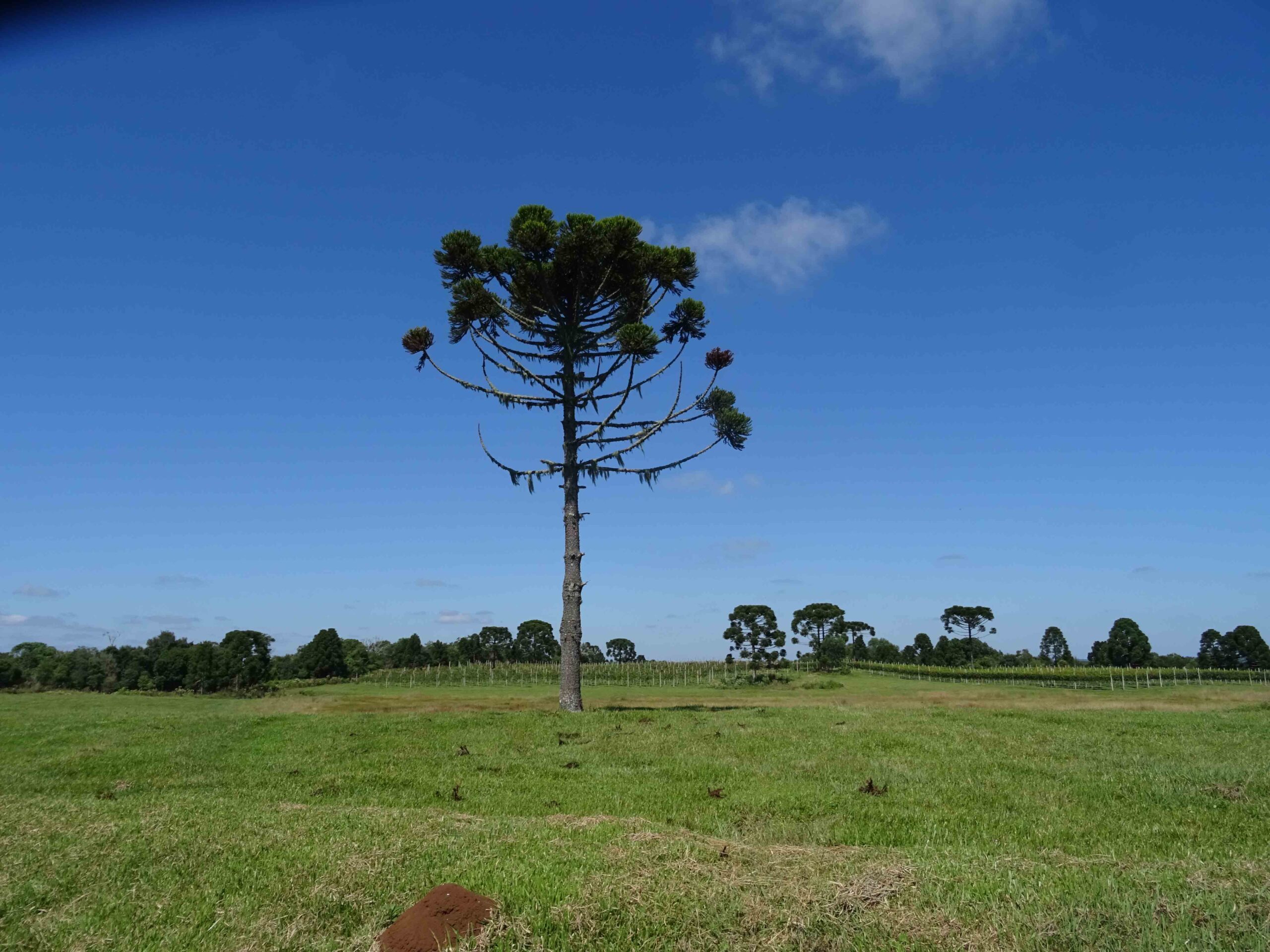
Digs & Discoveries May/June 2025
Something's Fishy
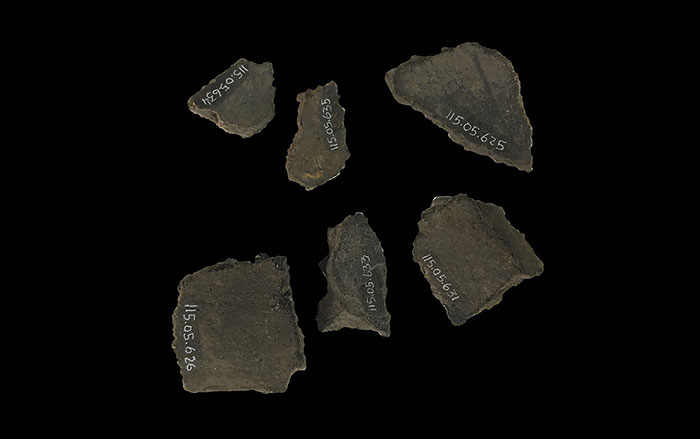
Digs & Discoveries January/February 2025
Island of Freedom
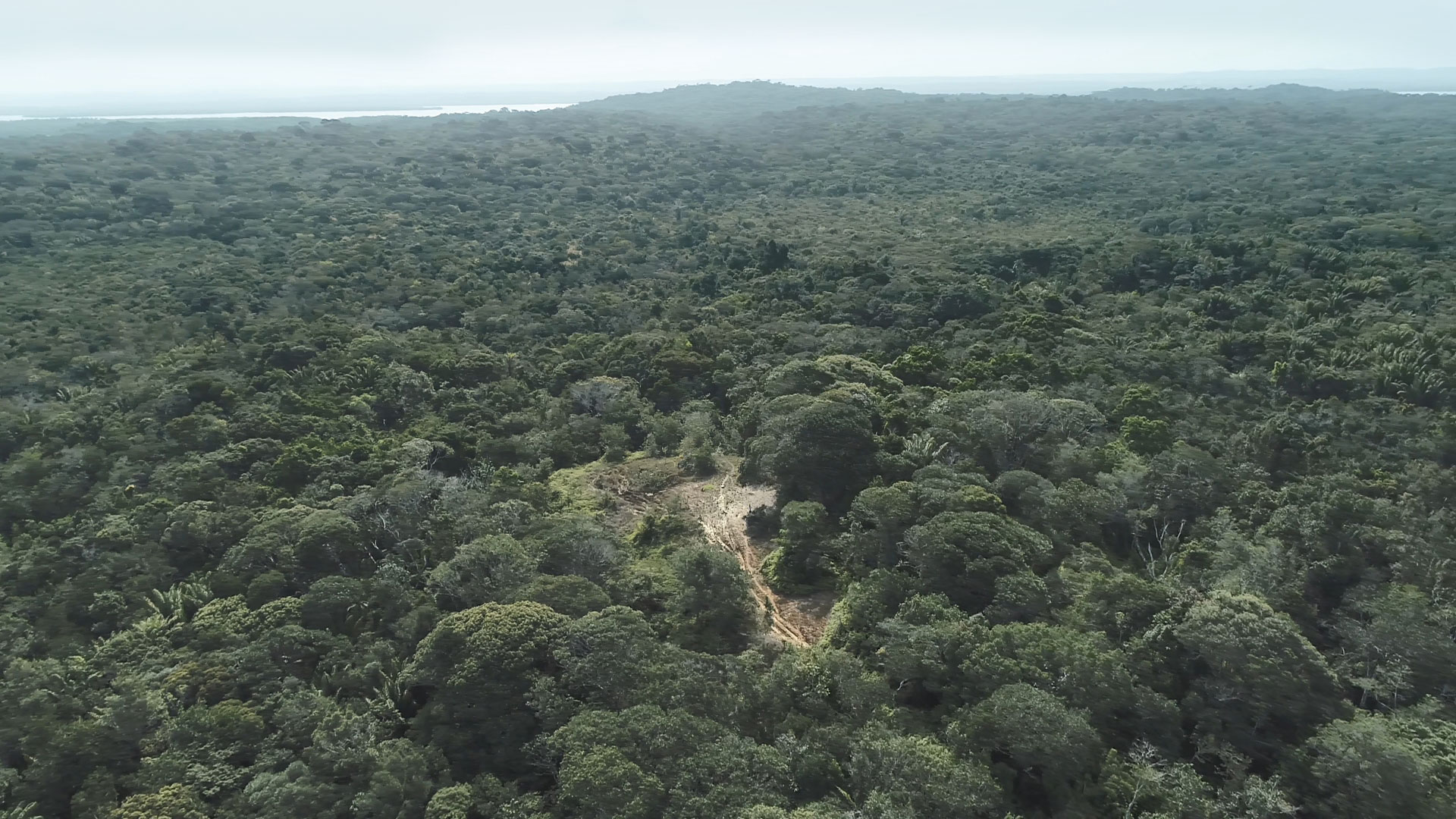
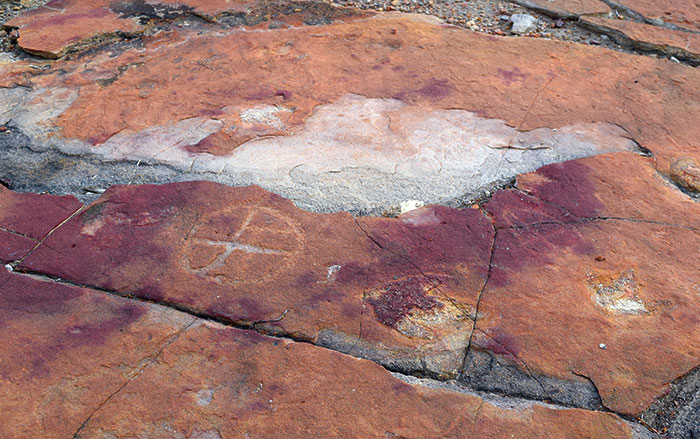
-
Features May/June 2019
Bringing Back Moche Badminton
How reviving an ancient ritual game gave an archaeologist new insight into the lives of ancient Peruvians
 (Courtesy Christopher Donnan, Illustration by Donna McClelland)
(Courtesy Christopher Donnan, Illustration by Donna McClelland) -
Features May/June 2019
Inside King Tut’s Tomb
A decade of research offers a new look at the burial of Egypt’s most famous pharaoh
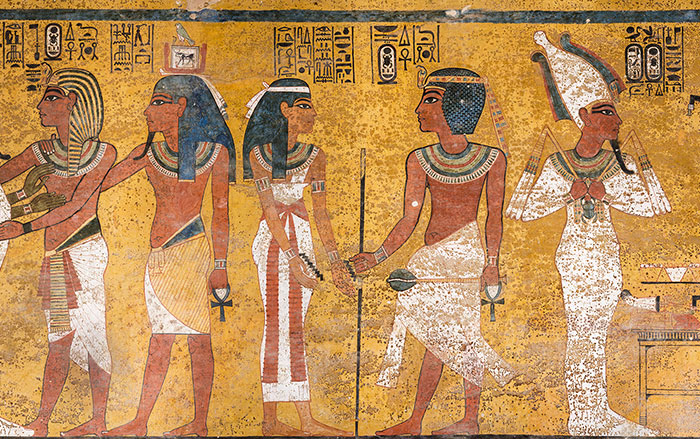 (Courtesy Factum Arte)
(Courtesy Factum Arte) -
Letter from the Dead Sea May/June 2019
Life in a Busy Oasis
Natural resources from land and sea sustained a thriving Jewish community for more than a millennium
 (Duby Tal/Albatross/Alamy Stock Photo)
(Duby Tal/Albatross/Alamy Stock Photo) -
Artifacts May/June 2019
Ancestral Pueblo Tattoo Needle
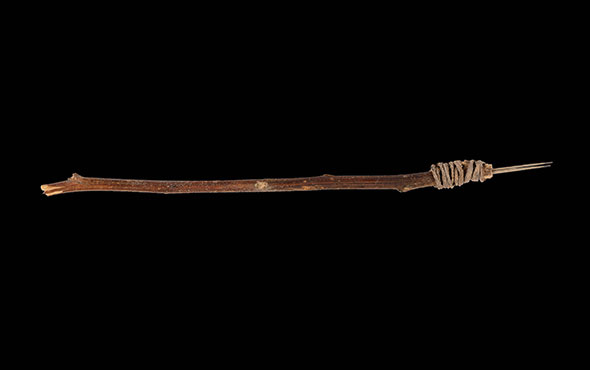 (Robert Hubner/Washington State University)
(Robert Hubner/Washington State University)



